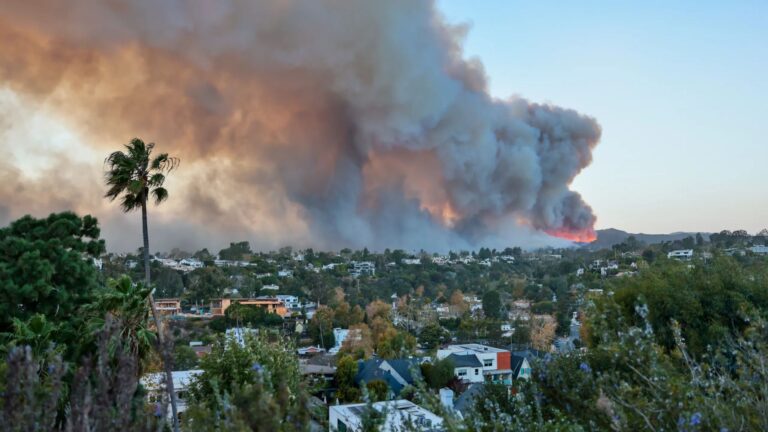
1. A fake video of what appears to be Prime Minister Fumio Kishida making vulgar statements has been circulating on social media and causing a stir. The video was created using generative artificial intelligence, and experts are pointing out that it is a malicious manipulation.
2. In the AI-generated video, an image of Kishida in a suit speaks directly to the camera. The Nippon Television Network Corp. logo appears in the top right corner and a chyron that reads “Breaking News” and “Prime Minister Kishida: I definitely did it” is displayed in a font similar to the one used by the network.
3. The video made it seem as if Kishida was appearing live on TV. The fake video was posted in the summer on Niconico Douga and other video-sharing sites, and on Thursday, a 30-second clip was posted on X. The clip garnered more than 2.3 million views in a short period of time. Some people who watched the clip posted such comments as, “The ill effects of AI” and “A malicious fake video.”

Are you familiar with the term ‘fake news’ when did you first hear it, and how do you define it? What do you think some of the motivations for people to create and spread fake news?
Only about an hour
4. A 25-year-old Osaka Prefecture man said he created and posted the AI-generated video. The man said he was able to make AI reproduce Kishida’s voice by using various videos of the prime minister, such as his press conferences and his speech at a Liberal Democratic Party convention. The man used a clip from the news reporting about Kishida’s online press conference and used a voice-changing function to alter his own voice to make it seem as if the prime minister was making vulgar statements.
5. The man then adjusted Kishida’s mouth movements to match the voice and created a chyron. He said it took him about an hour to create the fake video. In addition to the Kishida video, the man also created and posted videos using former Prime Minster Shinzo Abe’s image.
6. “Prime ministers are major figures who everyone knows, so [the videos] quickly get attention,” the man said. “I didn’t mean to create confusion, I just wanted to make people laugh,” he added. “I meant for the video to be a satire.” A Nippon TV spokesperson said the network would take appropriate measures if necessary, saying, “It is unforgivable that Nippon TV’s content and logo were used to create such a fake video.”

How can people identify and critically evaluate the credibility of the the news/ information they read online? What role do social media platforms play in the spread of fake news?
More direct
7. Under Article 30-4 of the Copyright Law, it allows, in principle, AI to learn using copyrighted works without consent. Copyright holders have criticized this situation. It is feared that AI, which can quickly analyze a large volume of data, could be used to easily generate misinformation, causing confusion. If such disgraceful statements are spread, it would be considered defamation.
8. “Posting [a fake video] on social media under the guise of news draws a lot of attention and causes it to spread,” said Tokyo Institute of Technology Associate Prof. Kazutoshi Sasahara, an expert on computational social science and is well-versed in AI-generated fake videos. “It depends on the content, but a fake video could cause a lot of confusion.”
9. “Videos appeal more to people than written materials, so they can generate a negative impression more directly,” Sasahara added. “They are more malicious in terms of manipulating someone’s public image. “Educating viewers [on how to identify a fake video] has not caught up with the rapid progress of generative AI. The first step is having websites and platforms implement countermeasures.”




